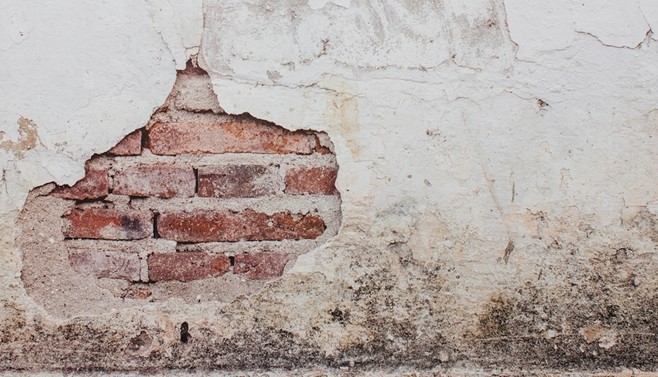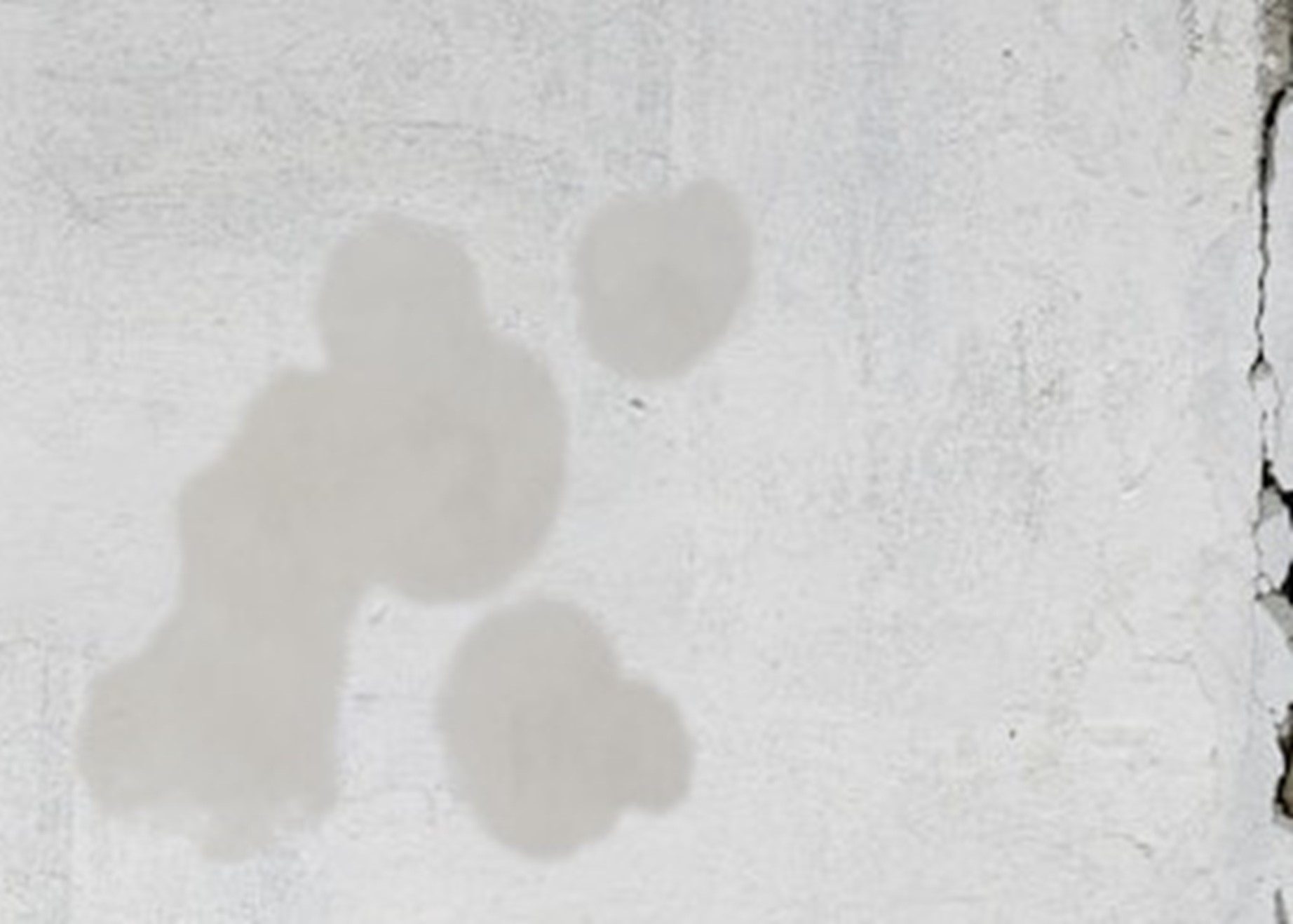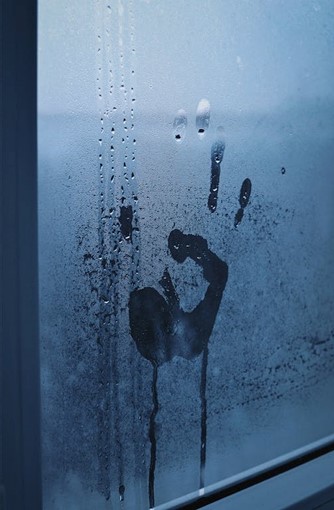Fastlec uses cookies to ensure that we give you the best experience on our website. If you continue we assume that you consent to receive all cookies on the Fastlec website. Read More.
Blog
All of the latest news and insights into the electrical world, from Fastlec.
Dampness is a common and often frustrating issue that homeowners and landlords encounter. It not only affects the aesthetic appeal of a building but can also lead to structural damage and health concerns if left untreated. Understanding the three main types of damp – condensation, rising damp, and penetrating damp – is crucial for effective management and prevention. In this blog post, we'll explore the causes of each type and provide tips on how to combat them.
Rising Damp
Rising damp occurs when groundwater or moisture from the ground is drawn up through the walls or floors of a building. This type of damp can be especially problematic in older properties with inadequate damp-proof courses (DPCs) or damaged barriers.
Causes Of Rising Damp
Missing or damaged DPCs: Damp-proof courses are barriers designed to prevent moisture from rising through the walls. When they are missing or damaged, rising damp can occur.
High groundwater levels: Properties in areas with high water tables are more susceptible to rising damp.
Porous building materials: Older buildings often use porous materials like brick and stone, which can pick up moisture.
Combatting Rising Damp
Install or repair DPCs: Proper installation or repair of damp-proof courses is essential to prevent rising damp.
Improve drainage: Ensure the property's drainage system directs water away from the building's foundation.
Use waterproof coatings: Applying waterproof coatings to vulnerable areas, such as basements and ground-level walls, can help prevent moisture ingress.
Penetrating Damp
Penetrating damp, also known as rain penetration or lateral damp, occurs when water infiltrates a building through its external walls. It is typically caused by external defects or damage to the building's structure.
Causes Of Penetrating Damp
Damaged roof or walls: Cracked or damaged roofing tiles, pointing, or render can allow rainwater to penetrate the building.
Faulty guttering or downpipes: Blocked or broken guttering can cause rainwater to overflow and seep into walls.
Poor maintenance: Neglecting the exterior of a property can lead to deterioration and an increased risk of penetrating damp.
Combatting Penetrating Damp
Regular maintenance: Inspect your property's exterior regularly and repair any damage, such as cracked render or missing roof tiles.
Gutter maintenance: Keep gutters and downpipes clear of debris to ensure proper water drainage.
External coatings: Applying waterproof coatings to external walls can provide an additional barrier against rain penetration.
Condensation Damp
Condensation damp is perhaps the most common damp found in homes and buildings. It occurs when warm, moist air comes into contact with colder surfaces, causing the moisture in the air to condense into water droplets. This typically happens during colder months when indoor heating is used.
Causes Of Condensation Damp
Inadequate ventilation: Poor airflow within a property can trap moisture-laden air indoors.
High humidity: Activities such as cooking, bathing, and drying clothes indoors can increase indoor humidity levels.
Cold surfaces: Cold walls, windows, and ceilings provide a surface for the moisture in the air to condense.
Combatting Condensation Damp
Improve ventilation: Ensure proper airflow by opening windows regularly and using extractor fans in kitchens and bathrooms.
Reduce humidity: Use dehumidifiers or keep lids on pots while cooking to minimize moisture in the air.
Insulate cold surfaces: Adding insulation to walls and windows can help prevent condensation by maintaining more consistent temperatures within the building.
Combatting Damp With PIV Units
Damp problems can be a significant headache for homeowners and property managers. However, by understanding the three main types of damp – condensation, rising damp, and penetrating damp – and addressing their underlying causes, you can take proactive steps to combat dampness and protect your property from damage.
One of the most efficient and straightforward methods for addressing condensation and preventing damp within your residence is through the implementation of Positive Input Ventilation (PIV). This well-established ventilation system has a history spanning half a century, and it represents a transformative solution.
PIV systems ensure a consistent influx of fresh, purified air into your premises. The primary unit is typically installed within a loft space, while the circular ceiling diffuser is centrally positioned within your property. Once activated, the PIV system draws external air into the loft, passing it through the system's filters. Subsequently, this air is propelled through the ventilation duct, generating positive air pressure within the living space. By channelling clean and fresh air from the heart of your dwelling, the PIV system effectively expels stagnant, humid air as well as eliminates harmful airborne pollutants, and substantially reduces, if not eliminates damp from your home or property
Other Relevant Reading
-
Nice work Alex!September 19, 2023↓




